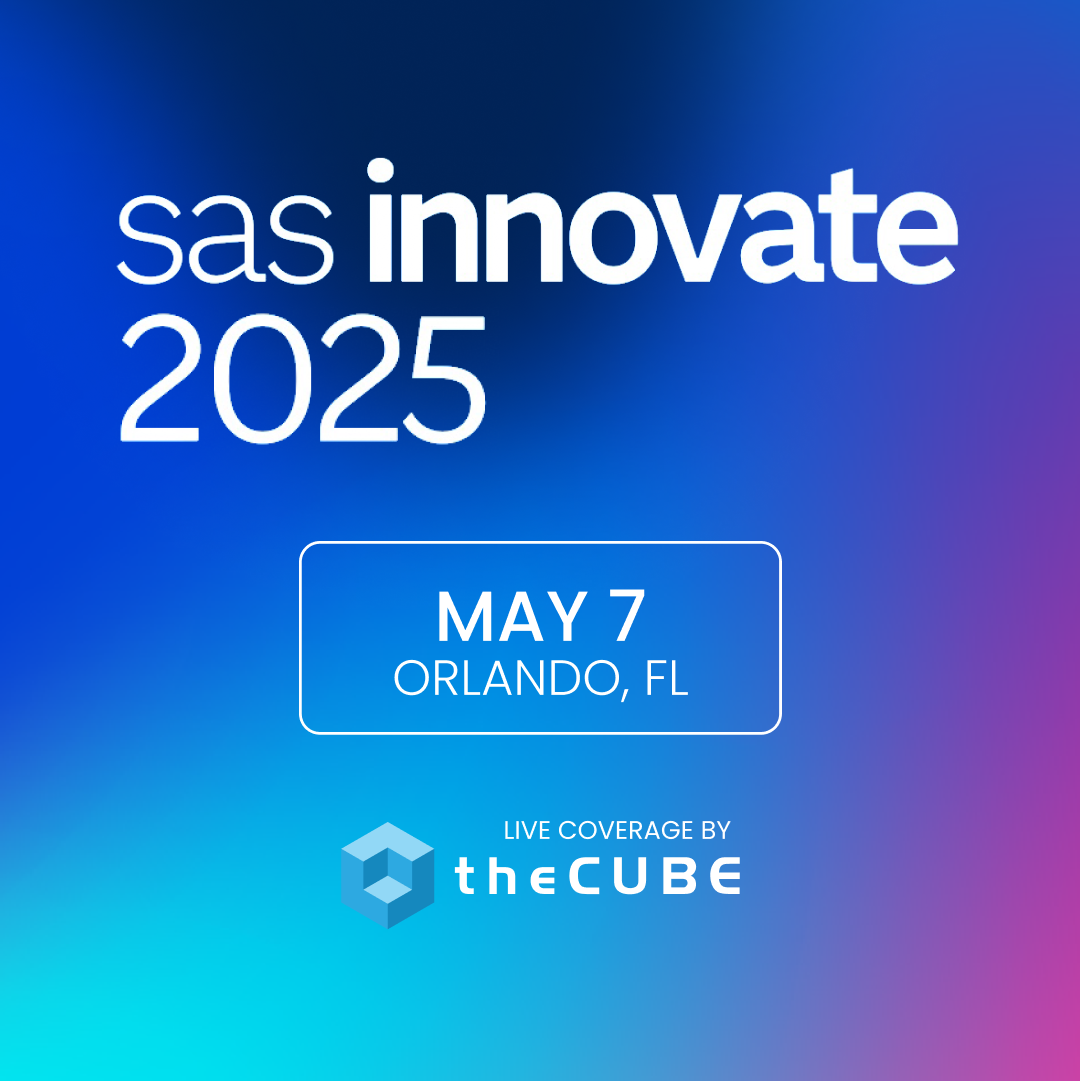Greenplum the “Killer App” behind SilverSpring’s Smart Grid Technology
![]() Imagine trying to make multiple, daily business decisions based on a once-a-month report. You’re not going to get very far.
Imagine trying to make multiple, daily business decisions based on a once-a-month report. You’re not going to get very far.
But that’s exactly the scenario most utility companies find themselves in. Traditional energy meters – like the one with the spinning dial on the side of your house – must be read manually, a process that takes place often just once a month.
The data quickly grows stale and virtually useless for helping determine how to efficiently use and distribute energy on a day-to-day, hour-to-hour, even minute-by-minute basis.
SilverSpring Networks wants to change that scenario. The Redwood City, Calif.-based start-up provides its utilities customers the hardware, software, and services to build and run smart grids. Once up-and-running, smart grid technology can relay energy usage data to utilities as often as every 15 minutes for near-real-time analysis, a far cry from the once-a-month reading.
“We allow utility companies to connect directly to the consumers home and provide services, applications, updates directly to the consumer,” said Frank Mong, head of business development and strategic alliances at SilverSpring. “It’s much more engaging and proactive.”
Founded in 2002, SilverSpring has 16 customers worldwide, including California-based Pacific Gas and Electric and Florida Power and Light.
For utilities providers, smart grid technology gives them the ability to spot problems before they occur – like a looming power outage – and to efficiently route energy around the grid, especially helpful during peak usage periods.
Consumers, meanwhile, can use the data to improve their own use of energy and lower their carbon footprints, Mong said.
A couple of technological components make smart grids possible. The first is smart meter technology that can send and receive energy data over a wireless network. The second, less obvious component is data analytics technology with the capacity to crunch and analyze massive amounts of data.
It is impractical to use traditional data warehouses for a job of the scale required for smart grid analytics, so SilverSpring turned to massively parallel processing data warehouse appliance technology from EMC Greenplum.
“EMC’s Greenplum really allows us to aggregate the data – a lot of data – all at one and produce some of these fantastic images and reports,” Mong said. “With Greenplum, this is definitely the killer app of the smart grid.”
That’s because of the sheer volume of data the appliance must process and analyze in near-real-time. Each meter has between four and 30 channels, each of which can send data up to 96 times a day. Multiply that by millions of customers over the course of a year, and “that’s a lot of data,” said Mel Gehrs, DA Subject Matter Expert at SilverSpring.
Greenplum’s parallel architecture means multiple analytic jobs can be processed simultaneously. Theoretically you could use a traditional data warehouse, which lack parallel processing capabilities, for the job, but “you’d have to have a lot of patience,” Gehrs said. “Instead of queries coming back in minutes, they’d come back in days.”
Latency like that would take the “smart” out of smart grids in no time.
A message from John Furrier, co-founder of SiliconANGLE:
Your vote of support is important to us and it helps us keep the content FREE.
One click below supports our mission to provide free, deep, and relevant content.
Join our community on YouTube
Join the community that includes more than 15,000 #CubeAlumni experts, including Amazon.com CEO Andy Jassy, Dell Technologies founder and CEO Michael Dell, Intel CEO Pat Gelsinger, and many more luminaries and experts.
THANK YOU















